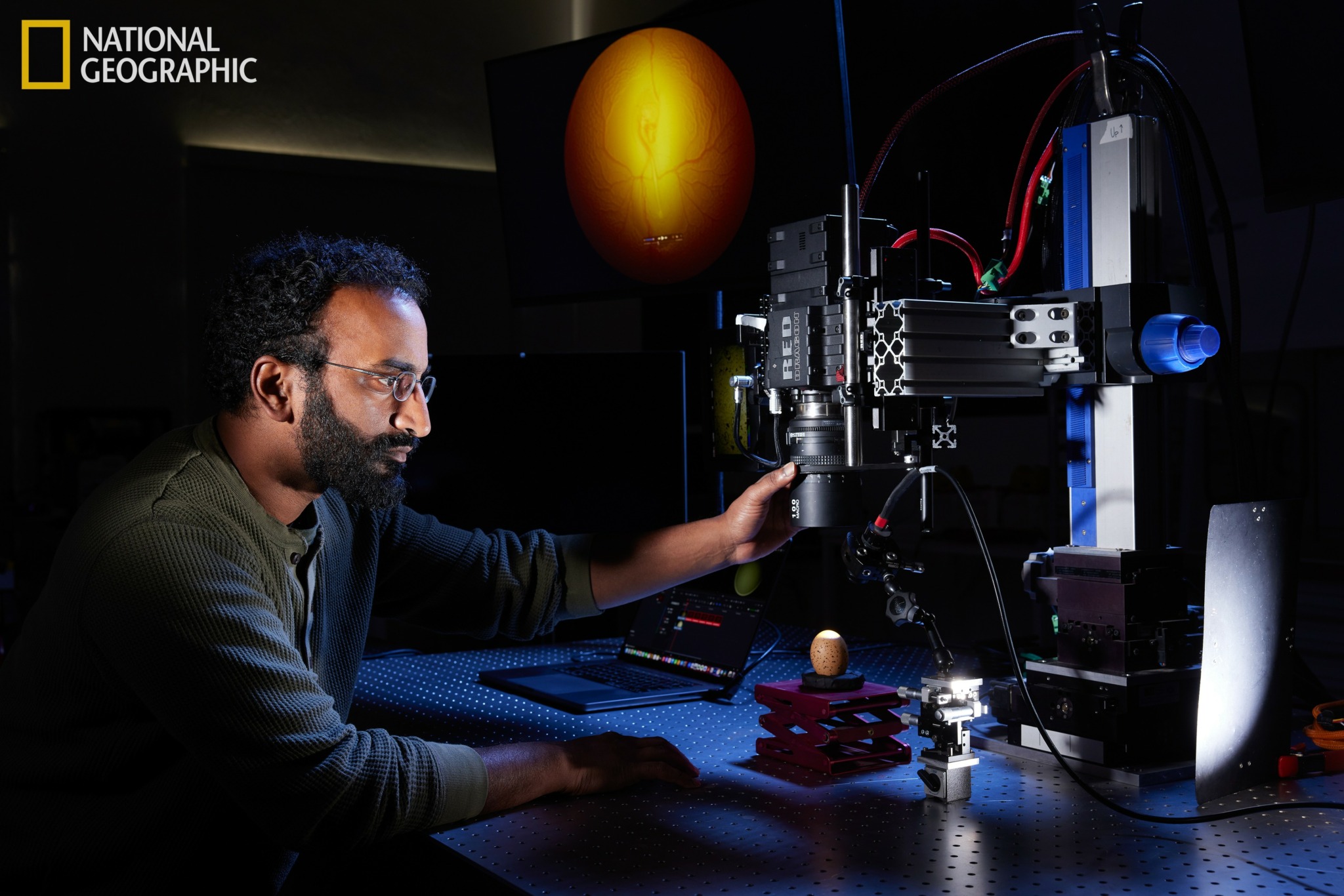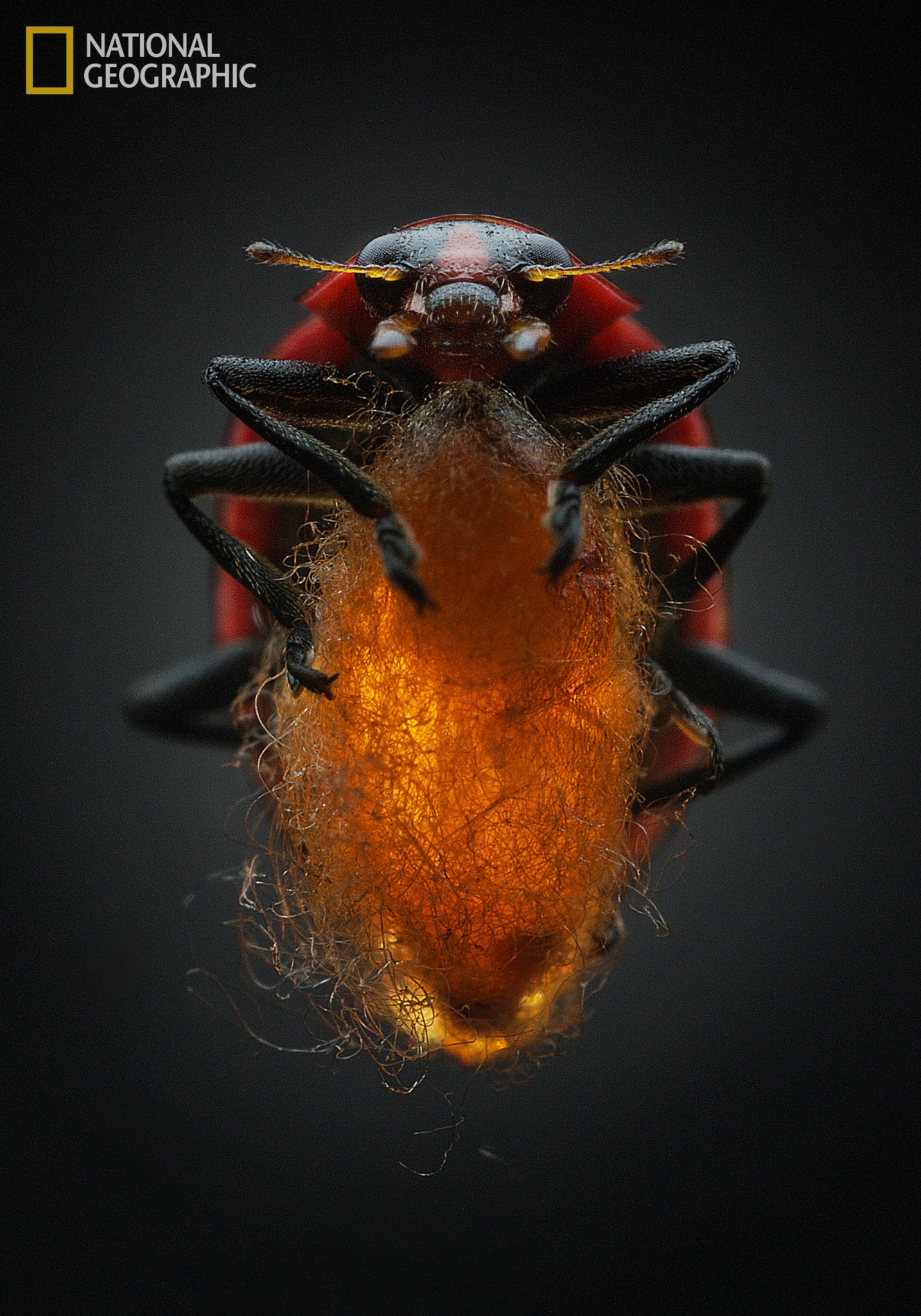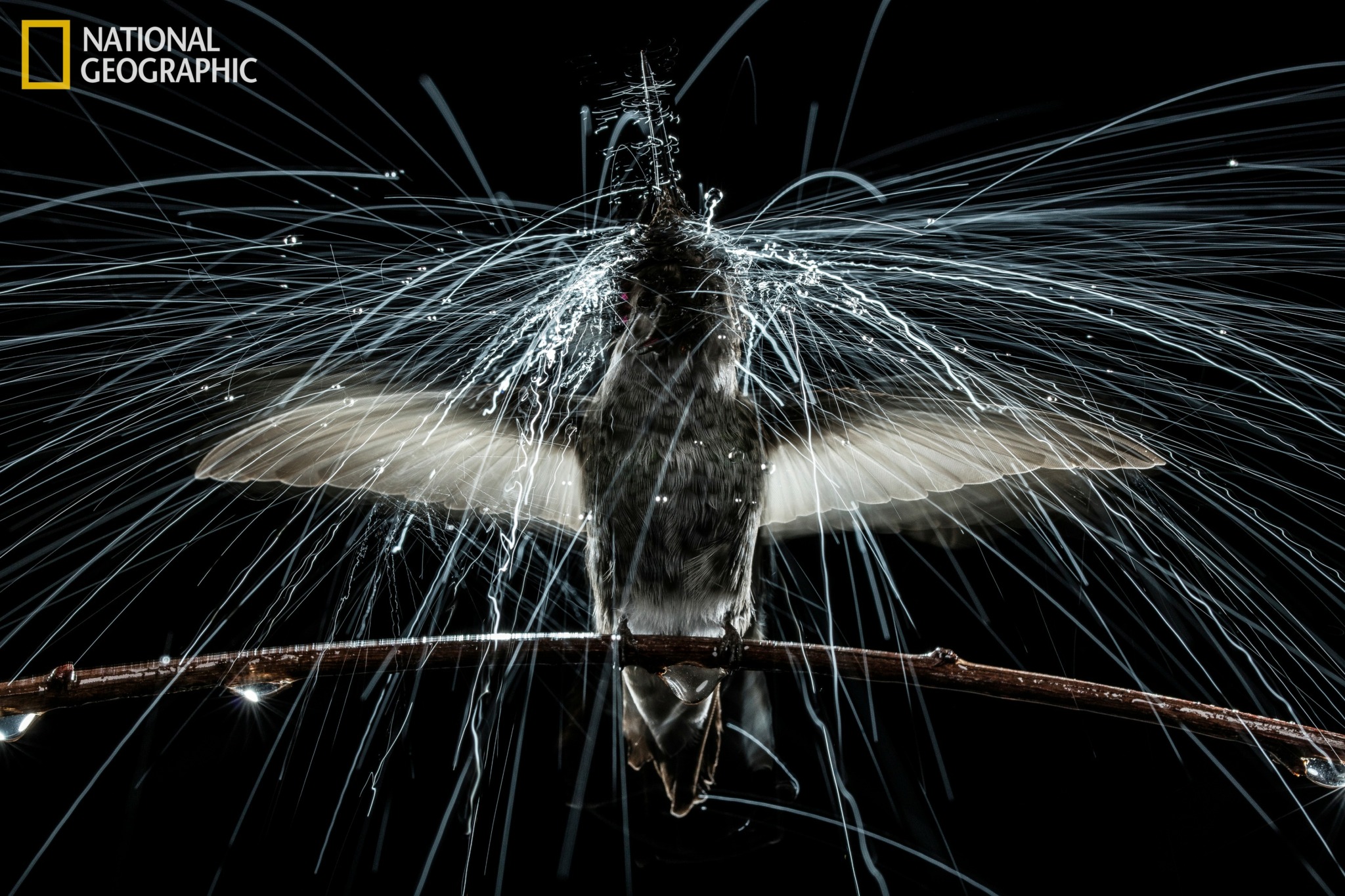We’re excited to introduce you to the always interesting and insightful Anand Varma. We hope you’ll enjoy our conversation with Anand below.
Anand, thanks for taking the time to share your stories with us today We’d love to hear about a project that you’ve worked on that’s meant a lot to you.
The most meaningful project for me was my first story for National Geographic Magazine on mind controlling parasites. When I began this project, I was focused on proving myself to the editors at the magazine and establishing my career. I didn’t really think about the impact photography could have until the story was published on the cover of National Geographic and a reader wrote me a note that said, “I used to think bugs were gross, but now I think they are cool”. It had never occurred to me that I had the power to change people’s perception of nature with my images. It was also a meaningful project to me because it was a significant turning point in my career. I had never photographed a magazine story before and while I had a reasonable toolkit of technical skills, I had not yet defined my own visual voice. This story gave me the opportunity to define for myself what I wanted my photographs to look like and what impact I wanted them to have in the world.

Anand, love having you share your insights with us. Before we ask you more questions, maybe you can take a moment to introduce yourself to our readers who might have missed our earlier conversations?
I grew up wanting to be a biologist, not a photographer. I was obsessed with fish throughout my childhood and decided by middle school that being a coral reef ecologist was the best way to spend my life surrounded by the most interesting fish. I didn’t really pick up a camera until my senior year of highschool when I saw my dad’s Nikon Coolpix camera sitting on the dining table. I asked to borrow it on a whim and it quickly became a way for me to document and share the various creatures my friends and I would encounter on our outdoor adventures. It remained a hobby for my first couple of years of college until an instructor noticed that I brought my camera on every field trip. He connected me to David Liittschwager, a photographer who was looking for an assistant at the time.
It seemed like an interesting summer job to work for a professional photographer. I did not anticipate spending the next seven years traveling the world with David to work on 12 stories for National Geographic Magazine. Being his assistant was a dream job, but I still struggled to imagine myself in his shoes. I didn’t want the financial insecurity of a freelance career and I didn’t want to give up on my dream of being a biologist. I thought I would be an assistant for a year or two and then go to graduate school, but I couldn’t turn down the opportunities to explore new places. I realized I was getting to do what I wanted to do as a scientist, which was to learn about the natural world and all the weird and wonderful things in it.
I eventually decided I couldn’t give up the creative freedom that a photography career offered so I applied for a National Geographic Society Young Explorer Grant to photograph the wetlands of Patagonia. That grant gave me an excuse to go to National Geographic’s headquarters in Washington D.C. and present my work, which helped get me my first photo assignments with the magazine.
After shooting several stories for National Geographic, I started to realize that beyond just documenting the discoveries of others, I was able to make my own contributions to science through photography. I wanted to create a space where science and photography could complement each other, which is what led me to create WonderLab. Based in Berkeley, California, WonderLab combines a photography studio with a biology lab and a classroom where I can continue to push boundaries and develop storytelling techniques to help us better understand the natural world.

Is there mission driving your creative journey?
I hope to create images that change how people think about the natural world. That means revealing details that are hidden from our naked eye. It means finding beauty in complex processes like growth and metamorphosis. It means learning to find the secret wonders all around us. For me, it is not just about creating impactful images, it is also about sharing what I have learned to empower others in their own creative journeys.

Can you share a story from your journey that illustrates your resilience?
Every project feels like a journey of resilience. Every project has a long stretch in which I regret ever starting it. And every project eventually limps across the finish line with results that feel barely acceptable at the time. One project that stands out is my story on hummingbirds. I spent about seven months at my friend Chris Clark’s lab building and testing various photography setups. Nothing seemed to work and I was slowly burning out. I met my editor for the story, Todd James, and told him I was running out of ideas for how to make the pictures more interesting. He knew better than to tell me what to do so he just listened and encouraged me to keep going. When I felt overwhelmed by the project, I would focus on putting one foot in front of the other and trying out one idea at a time rather than worrying about how I was going to finish the whole thing. My big breakthrough came when I borrowed a high speed camera from National Geographic to film hummingbird flight. I was really excited about the results I was getting, but more importantly, being able to see how the birds move in slow motion actually helped me solve some of the lighting problems I was struggling with in the still photographs.
Now, I come to expect the rollercoaster of emotions that comes with every creative project. The rush that comes with starting an exciting new project inevitably gets replaced with the drudgery and despair of what feels like fruitless effort. Finally, somehow you are able to reframe the problem and ideas start to click. No matter how disappointing the results have felt in the moment, every project has played a meaningful and necessary part of my creative path.
Contact Info:
- Website: https://www.nationalgeographic.org/society/our-programs/wonderlab/
- Other: https://www.varmaphoto.com/



Image Credits
Personal Image: Mark Unger
Professional Images: Anand Varma/National Geographic


